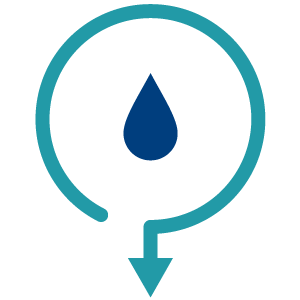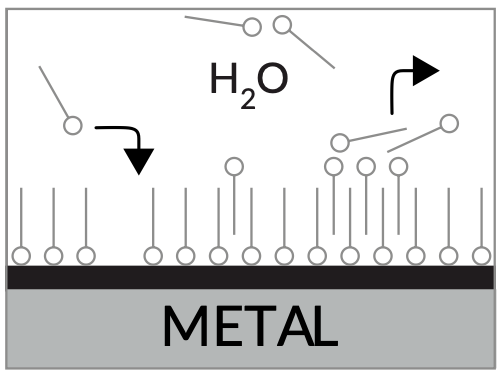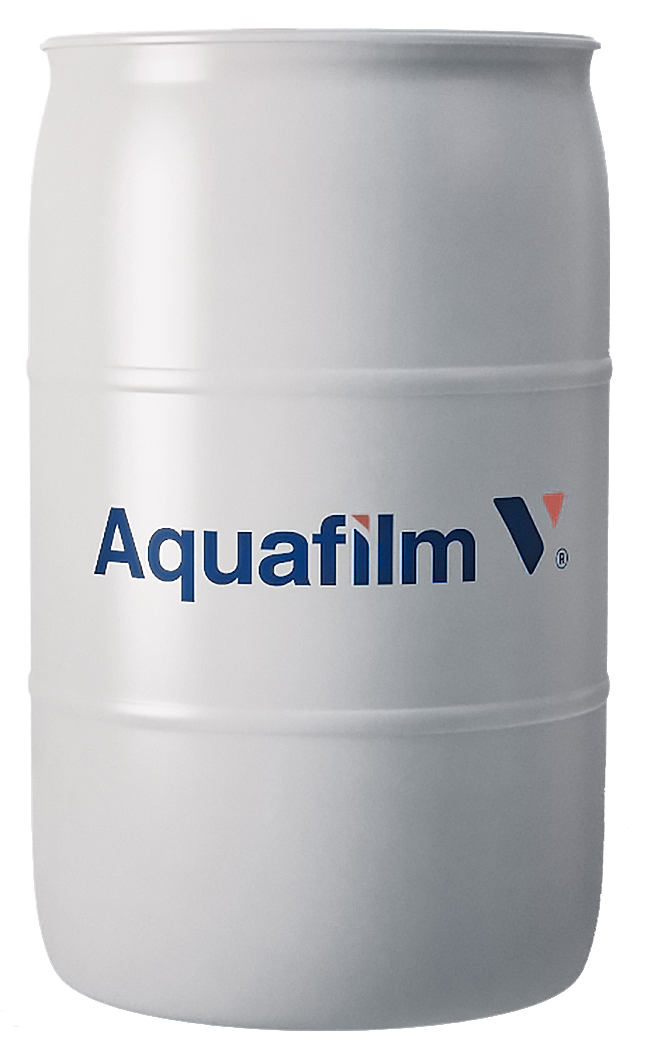FOR A REDUCTION OF THE CARBON FOOTPRINT
Case study: public institution

273 mmBtu
of energy saved

1 559 998 L
saved on water consumption

781 kg
reduction on the consumption of treatment products

15 T
of GES reduced
Context
The production and distribution of steam in this extensive complex, comprising multiple buildings and several kilometers of piping, require an appropriate treatment program to meet the specific conditions of this type of installation. The steam flow rates required can vary significantly depending on the seasons, occupancy, and temperature fluctuations.
The steam network consists of four water-tube boilers used alternately or simultaneously according to the complex's needs. This variable operating mode necessitates specific measures to protect the equipment primarily against corrosion, both during operation and during temporary or prolonged standby periods. The existing conventional treatment in place achieves this objective but requires frequent interventions by operational personnel.
Reducing the number and consumption of treatment products has a positive impact on health, safety, and environmental aspects, considering the reduced needs for delivery, storage, and management of chemical compounds on site.
Solution
The Aquafilm V program has been implemented with the aim of simplifying the application of treatment and the necessary control to ensure the protection of boilers and the entire steam network in all operational phases. The recommendation is based on the unique feature of this program, which involves the use of volatile film-forming amines.
The Aquafilm V treatment technology allows for the development of a protective film on metal surfaces throughout the steam system, including boilers, condensate network, and the entire water feed loop. Since the protective film is persistent and non-reactive with dissolved oxygen in the water, it results in a high level of stability in both the treatment and protection of the treated surfaces.

Titre?
RESULTS
The Aquafilm V treatment program only requires the application of a single product to control all common issues of scaling, fouling, and corrosion in all phases of steam production, distribution, and recovery. The use of products with specific functions has been eliminated, and the need for multiple steps in preparing treatment solutions has also been eliminated. The number of control analyses has also been reduced since only one product is now added to the network.
The introduction of Aquafilm V is carried out directly into the makeup water line. The injection frequency is regulated by the water meter signal to automatically uphold a product concentration balance in accordance with network losses. As a result, the injection equipment has been altered, leading to a substantial streamlining of the installation process.
Temporary shutdowns of a boiler no longer necessitate any specific modifications to the treatment program. The conditions maintained during the operational phase also guarantee the safeguarding of equipment during periods of standby.

Conclusion
